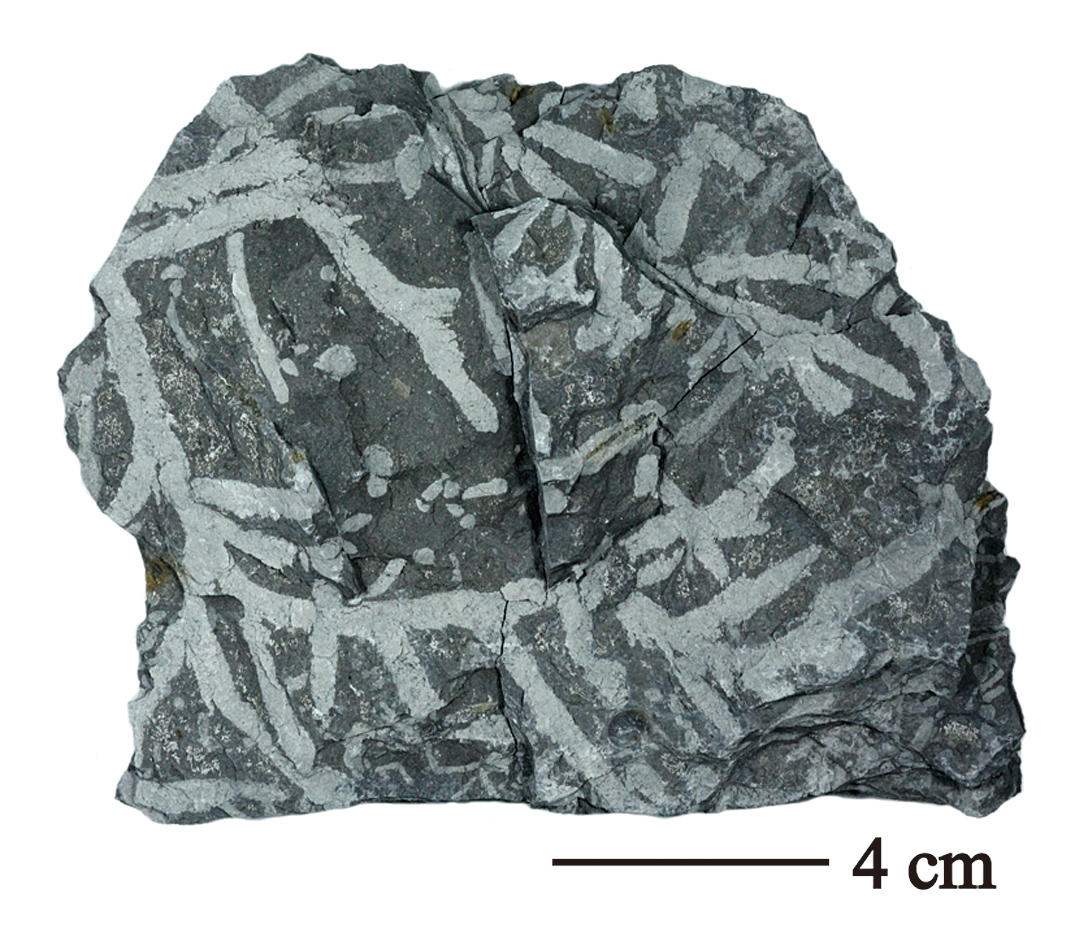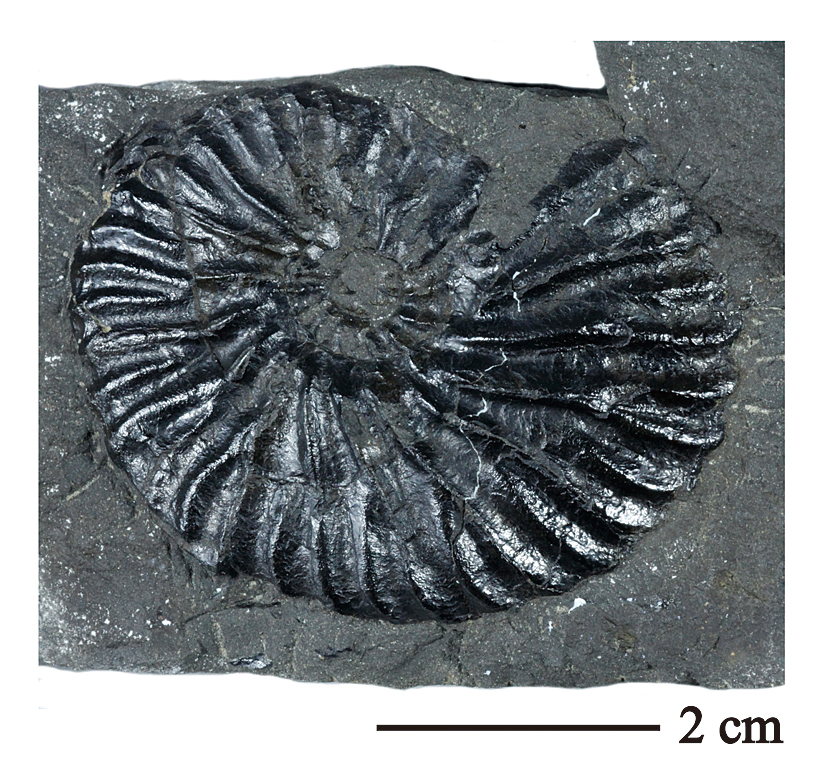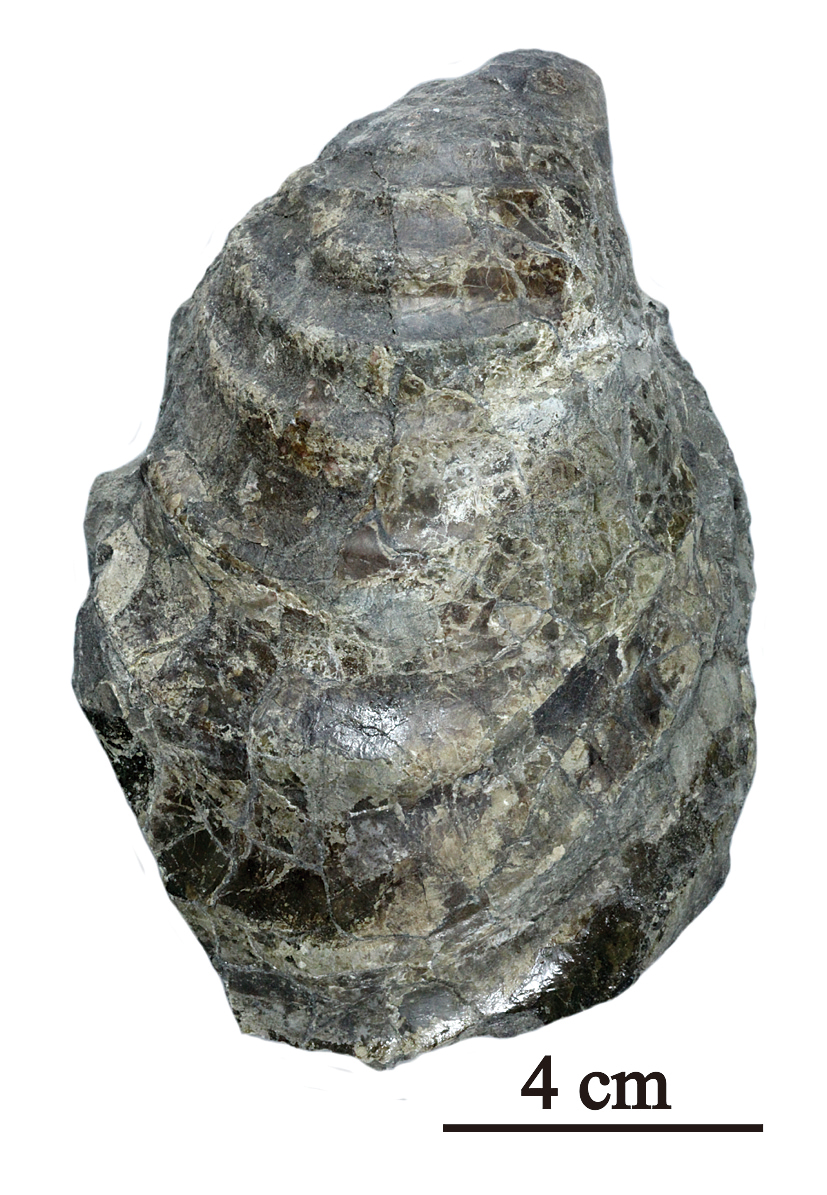D6
Voucher specimens in 21st century
Paleontology in the University of Tokyo has maintained nearly 140-year tradition since the foundation of the University of Tokyo in 1878. After the 1980s, main subjects of fossil studies in this university have been characterized by paleobiology. Keywords in the 1990s include new topics such as cladistics, theoretical morphology, molecular phylogeny, hox genes, shell matrix protein, etc. In the 21st century, new approaches have been attempted in the field of isotope analysis, chemosynbiosis-based biological communities, computer simulation, biomechanics, and trace fossils. Animal groups used in research are also variable recently. On average, around 300 specimens have been used annually in scientific publications and registered in the paleontological collection. Data of all specimens are entered in a database immediately after publication. Conserving voucher specimens is a primary function of the collection room of this museum. (Takenori Sasaki & Yasuhiro Ito)
References
Ito, Y. et al. (2009) Catalogue of type and cited specimens in the Department of Historical Geology and Paleontology of The University Museum. The University of Tokyo. Part. 6. The University Museum, The University of Tokyo, Material Reports 80.



